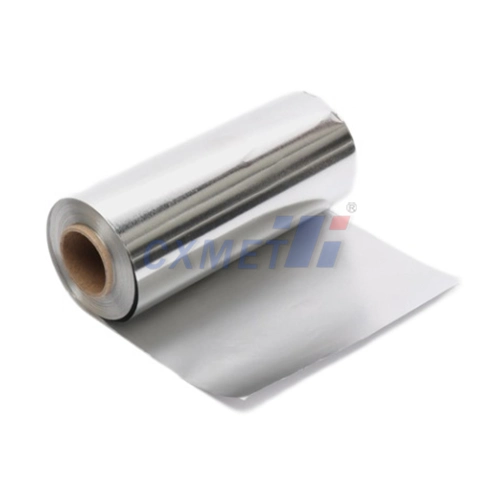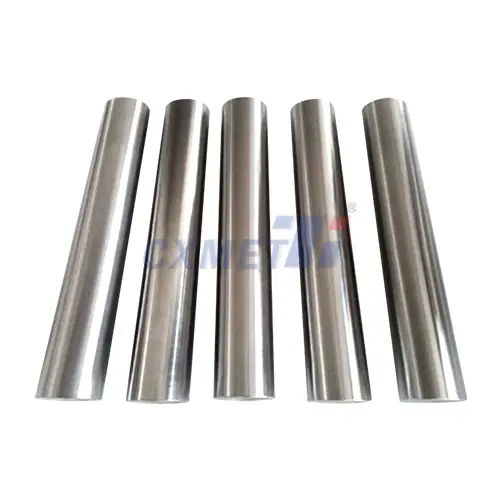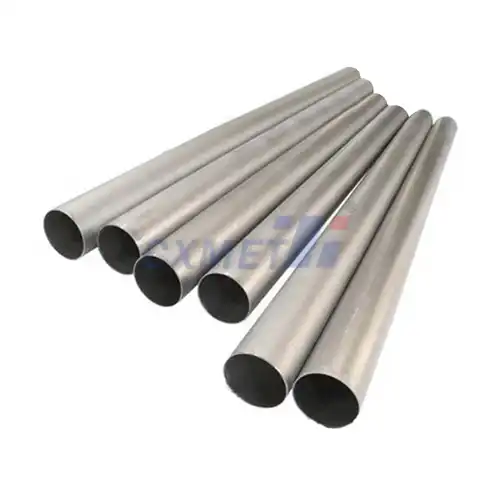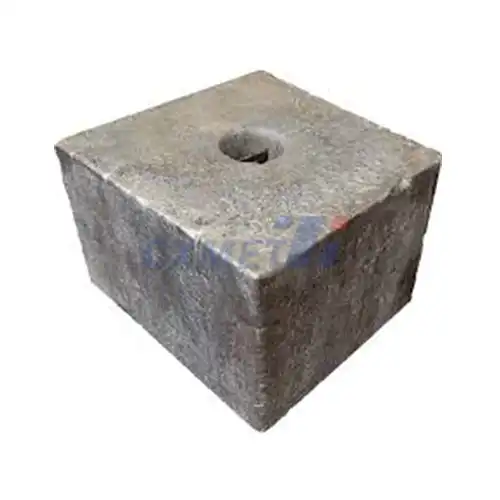- English
- French
- German
- Portuguese
- Spanish
- Russian
- Japanese
- Korean
- Arabic
- Greek
- German
- Turkish
- Italian
- Danish
- Romanian
- Indonesian
- Czech
- Afrikaans
- Swedish
- Polish
- Basque
- Catalan
- Esperanto
- Hindi
- Lao
- Albanian
- Amharic
- Armenian
- Azerbaijani
- Belarusian
- Bengali
- Bosnian
- Bulgarian
- Cebuano
- Chichewa
- Corsican
- Croatian
- Dutch
- Estonian
- Filipino
- Finnish
- Frisian
- Galician
- Georgian
- Gujarati
- Haitian
- Hausa
- Hawaiian
- Hebrew
- Hmong
- Hungarian
- Icelandic
- Igbo
- Javanese
- Kannada
- Kazakh
- Khmer
- Kurdish
- Kyrgyz
- Latin
- Latvian
- Lithuanian
- Luxembou..
- Macedonian
- Malagasy
- Malay
- Malayalam
- Maltese
- Maori
- Marathi
- Mongolian
- Burmese
- Nepali
- Norwegian
- Pashto
- Persian
- Punjabi
- Serbian
- Sesotho
- Sinhala
- Slovak
- Slovenian
- Somali
- Samoan
- Scots Gaelic
- Shona
- Sindhi
- Sundanese
- Swahili
- Tajik
- Tamil
- Telugu
- Thai
- Ukrainian
- Urdu
- Uzbek
- Vietnamese
- Welsh
- Xhosa
- Yiddish
- Yoruba
- Zulu
What is the Chemical Composition of Nickel Base Alloy Powder?
Nickel base alloy powder is a crucial material in various industrial applications, particularly in additive manufacturing and 3D printing technologies. These powders are composed of nickel as the primary element, combined with other alloying elements to enhance specific properties. The precise chemical composition of nickel base alloy powders can vary depending on the intended application and desired characteristics. Understanding this composition is essential for engineers, manufacturers, and researchers working with these materials.
What are the key elements in 3D Nickel Base Alloy Powder?
Nickel base alloy powders used in 3D printing typically contain a range of elements carefully selected to impart specific properties to the final product. The primary component is nickel, which usually makes up 50-70% of the alloy by weight. This high nickel content provides excellent corrosion resistance, high-temperature strength, and good ductility.
Chromium is another crucial element, typically present in concentrations of 15-30%. It forms a protective oxide layer on the surface, enhancing corrosion and oxidation resistance. This is particularly important for applications in harsh environments or high-temperature settings.
Other common alloying elements include:
1. Cobalt (0-20%): Improves high-temperature strength and creep resistance.
2. Molybdenum (0-10%): Enhances strength and corrosion resistance, particularly in reducing environments.
3. Aluminum (0-6%): Forms strengthening precipitates and improves oxidation resistance.
4. Titanium (0-5%): Contributes to precipitation hardening and improves strength-to-weight ratio.
5. Tungsten (0-10%): Increases strength and creep resistance at high temperatures.
6. Niobium (0-5%): Improves high-temperature strength and stabilizes the microstructure.
The exact percentages of these elements can be adjusted to create alloys with specific properties. For example, Inconel 718, a popular nickel-based superalloy, contains approximately 50-55% nickel, 17-21% chromium, 4.75-5.5% niobium, and smaller amounts of molybdenum, cobalt, and titanium.
It's important to note that the powder form of these alloys requires careful control of particle size distribution and morphology. Spherical particles with sizes typically ranging from 15 to 45 microns are ideal for most 3D printing applications, ensuring good flowability and consistent layer formation during the printing process.
How does the chemical composition affect the properties of 3D printed Nickel Base Alloy parts?
The chemical composition of nickel base alloy powders plays a crucial role in determining the properties of the 3D printed parts. Each element contributes to specific characteristics, and their interactions within the alloy matrix further influence the overall performance.
Nickel, as the base element, provides the foundation for high-temperature strength and corrosion resistance. Its face-centered cubic crystal structure contributes to the alloy's ductility and toughness. The high nickel content also allows for good weldability, which is essential for the layer-by-layer building process in 3D printing.
Chromium's primary role is to enhance corrosion and oxidation resistance. It forms a thin, adherent chromium oxide layer on the surface, protecting the underlying material from further attack. This is particularly important for applications in aerospace, chemical processing, and power generation industries where components are exposed to harsh environments.
The addition of cobalt improves the alloy's performance at high temperatures. It increases the alloy's melting point and enhances its strength and creep resistance at elevated temperatures. This makes cobalt-containing nickel alloys ideal for turbine blades and other high-temperature applications.
Molybdenum contributes to solid solution strengthening and improves the alloy's resistance to pitting and crevice corrosion. It's particularly effective in enhancing corrosion resistance in reducing environments, making molybdenum-containing alloys suitable for chemical processing equipment.
Aluminum and titanium play crucial roles in precipitation hardening. They form intermetallic compounds (γ' precipitates) that strengthen the alloy by impeding dislocation movement. This mechanism is responsible for the exceptional high-temperature strength of many nickel-based superalloys. Additionally, aluminum improves oxidation resistance by forming a protective alumina layer.
Tungsten, with its high atomic weight, provides solid solution strengthening and improves creep resistance. It's often used in alloys designed for the hottest sections of gas turbines.
Niobium, like aluminum and titanium, contributes to precipitation hardening. It also forms carbides that can improve grain boundary strength, enhancing the alloy's overall mechanical properties.
The balance of these elements must be carefully controlled to achieve the desired properties. For instance, excessive amounts of certain elements can lead to the formation of detrimental phases that may compromise the alloy's performance. The 3D printing process itself can also influence the final properties, as rapid solidification rates and repeated thermal cycling can affect microstructure development.
Moreover, the chemical composition impacts the printability of the alloy. Elements with high vapor pressures or those prone to oxidation can cause issues during the printing process, potentially leading to defects or inconsistencies in the final part. Therefore, alloy compositions for 3D printing are often optimized not only for final part properties but also for processability.
What are the challenges in controlling the chemical composition of 3D Nickel Base Alloy Powder?
Controlling the chemical composition of nickel base alloy powders for 3D printing presents several challenges that researchers and manufacturers must address to ensure consistent, high-quality outputs.
One of the primary challenges is maintaining compositional homogeneity throughout the powder batch. During the powder production process, whether by gas atomization or plasma rotating electrode process (PREP), there's a risk of segregation or preferential vaporization of certain elements. This can lead to compositional variations within a single batch of powder, potentially affecting the properties of the printed parts.
Another significant challenge is preventing contamination during powder production and handling. Nickel and many of the alloying elements are highly reactive, especially at the small particle sizes used in 3D printing. Exposure to oxygen, nitrogen, or moisture can lead to the formation of oxides, nitrides, or hydrides on the particle surfaces. These contaminants can significantly impact the powder's flowability, printability, and the final properties of the printed parts.
The recycling of unused powder in the 3D printing process presents another compositional control challenge. As powder is repeatedly exposed to the printing environment, it may experience slight compositional changes due to preferential vaporization of certain elements or pick-up of contaminants. Over time, this can lead to drift in the powder's composition, potentially affecting part quality and consistency.
Controlling the particle size distribution is also crucial and directly related to composition control. Different sized particles may have slightly different compositions due to varying cooling rates during atomization. Ensuring a consistent particle size distribution is essential for maintaining compositional homogeneity and printability.
The high reactivity of some alloying elements, particularly aluminum and titanium, can lead to challenges in powder storage and handling. These elements can readily form oxides, even in low-oxygen environments, potentially altering the effective composition of the alloy.
Lastly, the interaction between the powder and the 3D printing process itself can pose challenges. The high-energy laser or electron beam used in many metal 3D printing processes can cause preferential vaporization of certain elements, potentially altering the composition of the melt pool and the final printed part.
To address these challenges, manufacturers employ various strategies:
1. Advanced atomization techniques to ensure compositional homogeneity.
2. Strict control of the powder production environment to minimize contamination.
3. Rigorous quality control measures, including chemical analysis of each powder batch.
4. Careful powder handling and storage protocols to prevent contamination and oxidation.
5. Optimization of 3D printing parameters to minimize compositional changes during the printing process.
6. Development of specific alloy compositions tailored for 3D printing, balancing desired properties with processability.
By addressing these challenges, manufacturers can produce nickel base alloy powders with consistent, controlled compositions, enabling the production of high-quality 3D printed parts with predictable properties.
At SHAANXI CXMET TECHNOLOGY CO., LTD, we take pride in our extensive product range, which caters to diverse customer needs. Our company is equipped with outstanding production and processing capabilities, ensuring the high quality and precision of our products. We are committed to innovation and continuously strive to develop new products, keeping us at the forefront of our industry. With leading technological development capabilities, we are able to adapt and evolve in a rapidly changing market. Furthermore, we offer customized solutions to meet the specific requirements of our clients. If you are interested in our products or wish to learn more about the intricate details of our offerings, please do not hesitate to contact us at sales@cxmet.com. Our team is always ready to assist you.
References:
1. Pollock, T. M., & Tin, S. (2006). Nickel-based superalloys for advanced turbine engines: chemistry, microstructure and properties. Journal of propulsion and power, 22(2), 361-374.
2. Zhong, C., Chen, J., Linnenbrink, S., Gasser, A., Sui, S., & Poprawe, R. (2016). A comparative study of Inconel 718 formed by high deposition rate laser metal deposition with GA powder and PREP powder. Materials & Design, 107, 386-392.
3. Mostafa, A., Picazo Rubio, I., Brailovski, V., Jahazi, M., & Medraj, M. (2017). Structure, texture and phases in 3D printed IN718 alloy subjected to homogenization and HIP treatments. Metals, 7(6), 196.
4. Strondl, A., Lyckfeldt, O., Brodin, H., & Ackelid, U. (2015). Characterization and control of powder properties for additive manufacturing. Jom, 67(3), 549-554.
5. Kapoor, K., Yoo, Y. S., Book, T. A., Kacher, J. P., & Sangid, M. D. (2021). Incorporating grain-level residual stresses and validating a crystal plasticity model of a two-phase nickel-based superalloy using high-energy X-ray diffraction microscopy. Journal of the Mechanics and Physics of Solids, 154, 104504.
6. DebRoy, T., Wei, H. L., Zuback, J. S., Mukherjee, T., Elmer, J. W., Milewski, J. O., ... & Zhang, W. (2018). Additive manufacturing of metallic components–process, structure and properties. Progress in Materials Science, 92, 112-224.
7. Xu, W., Brandt, M., Sun, S., Elambasseril, J., Liu, Q., Latham, K., ... & Qian, M. (2015). Additive manufacturing of strong and ductile Ti–6Al–4V by selective laser melting via in situ martensite decomposition. Acta Materialia, 85, 74-84.
8. Popovich, V. A., Borisov, E. V., Popovich, A. A., Sufiiarov, V. S., Masaylo, D. V., & Alzina, L. (2017). Impact of heat treatment on mechanical behaviour of Inconel 718 processed with tailored microstructure by selective laser melting. Materials & Design, 131, 12-22.
9. Murr, L. E., Martinez, E., Amato, K. N., Gaytan, S. M., Hernandez, J., Ramirez, D. A., ... & Wicker, R. B. (2012). Fabrication of metal and alloy components by additive manufacturing: examples of 3D materials science. Journal of Materials Research and Technology, 1(1), 42-54.
10. Vilaro, T., Colin, C., & Bartout, J. D. (2011). As-fabricated and heat-treated microstructures of the Ti-6Al-4V alloy processed by selective laser melting. Metallurgical and Materials Transactions A, 42(10), 3190-3199.





